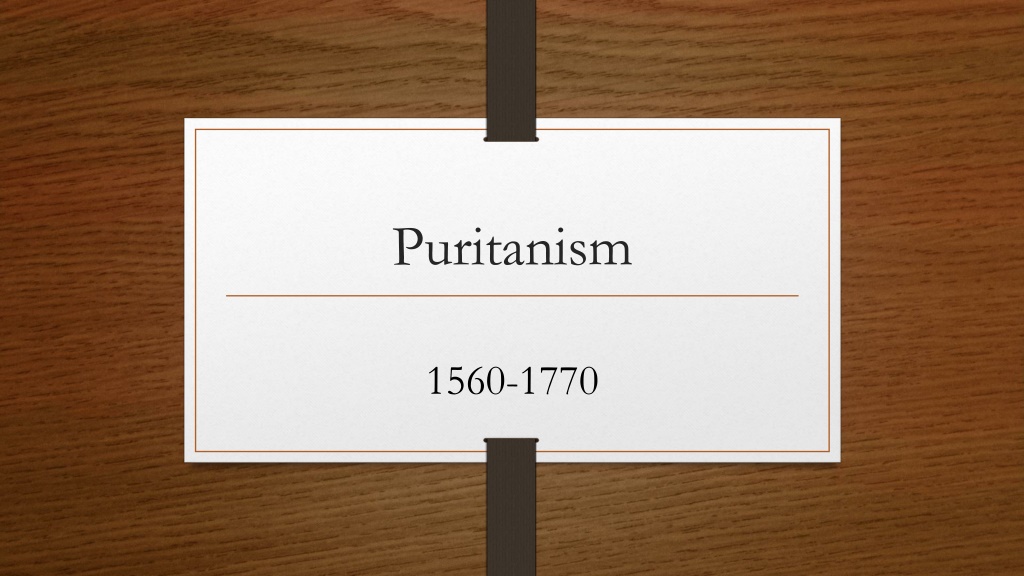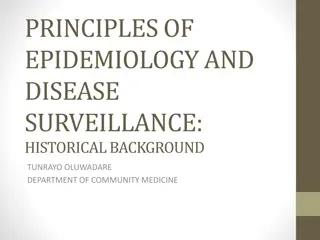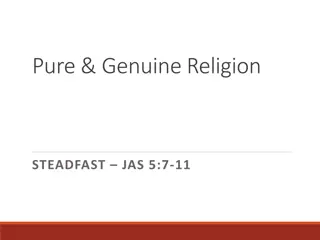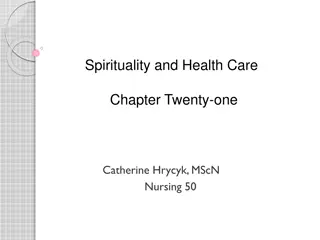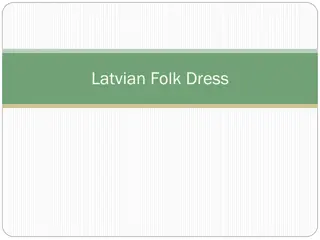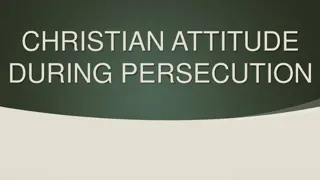Understanding Puritanism: Beliefs, Values, and Persecution in the 16th-17th Centuries
Puritanism was a movement that sought to purify the Church of England, advocating for simpler worship practices and personal spiritual connection. The Puritans faced persecution in England, leading many to flee to new lands like Holland and eventually North America. Their beliefs emphasized salvation through grace and living exemplary lives based on the literal word of the Bible. Puritan values included self-reliance, industriousness, temperance, and simplicity, influencing their community and writings.
Download Presentation

Please find below an Image/Link to download the presentation.
The content on the website is provided AS IS for your information and personal use only. It may not be sold, licensed, or shared on other websites without obtaining consent from the author. Download presentation by click this link. If you encounter any issues during the download, it is possible that the publisher has removed the file from their server.
E N D
Presentation Transcript
Puritanism 1560-1770
What is a Puritan? The Puritans were single-minded visionaries convinced of the rightness of their beliefs, but they were also practical and businesslike. They felt that Christian worship and church organization should be simplified in order to more closely resemble Biblical models. Many Puritans were persecuted for their beliefs and fled England for Holland and, ultimately, for North America.
Purifying the church Puritan is a broad term, referring to a number of Protestant groups that , beginning about 1560, sought to purify the church of England which since the time of Henry VIII had been inseparable from the government. Puritans wished to return to simpler forms of worship. Puritans believed worship was personal and did not believe that clergy or the government should act as intermediaries between the individual and God.
Persecution Many Puritans suffered persecution in England. Some were put in jail and whipped, their noses slit and their ears lopped off. Some fled England for Holland. Fearing that in Holland they would lose their English identity, they left with William Bradford for North America, advertised as the New World.
Early Arrivals The first and most famous group of the English Puritans landed in 1620, on the tip of Cape Cod, just before Christmas By 1640, more than twenty thousand English Puritans had sailed to what they called, New England
Puritan Beliefs Because of Adam and Eve s sin of disobedience, most humanity would be damned for all eternity God in his mercy had sent Jesus Christ to save particular people Two principal indications of the state of your soul; the inner arrival of God s grace was demonstrated by the individual s outward behavior and; after receiving grace, the individual was reborn and behaved like a saint People looked for signs of grace and so tried to live exemplary lives The Bible is the literal word of God
Puritan Values Self-reliance Industriousness Temperance Simplicity
Characteristics of Puritan Writing The Bible provided a model for Puritan writing; Puritans saw direct connections between Biblical events and their own lives. Puritans used writing to explore their inner and outer lives for signs of the workings of God. Diaries and histories were the most common forms of writing. Puritans favored a plain style, similar to that of the Geneva Bible; stressed clarity of expression and avoided complicated figures of speech.
Emphasis on Education Puritans placed great emphasis on education Harvard College, originally intended to train Puritan ministers for the rapidly expanding colony, was founded in 1636 The first printing press was established in the colonies in 1639
The Witch Trials of the 1690s During the winter of 1691-92, the daughter and the niece of Rev. Samuel Parris began to dabble in magic By February, the girls started having fits and lesions appeared on their skin. A doctor diagnosed the girls as victims of malicious witchcraft. Urged to name those responsible for the witchcraft, the girls named Sarah Osborne and Sarah Good, two unpopular women from the village, and Tituba, a slave whom Samuel Parris brought back from Barbados.
The Accusations begin During the trial, the girls writhed and moaned and behaved as though they were being chocked. Based on this evidence, Sarah Good was condemned. Tituba confessed to being a witch and claimed that a coven of witches existed in Massachusetts. She claimed that she had seen several names written in blood in the Devil s book.
The Witch hunt begins Zealous ministers like Cotton Mather argued that the epidemic of witchcraft proved that new England was a holy place, since the devil was so interested in it. Hundreds of people from all over Eastern Massachusetts came to Salem claiming to be victims of witchcraft. Soon the prisons were overcrowded with people accused of being witches (over 150 people). A special court was established. Between June and September, 19 people were hanged and one man, Giles Corey, was pressed to death.
So what happened in Salem? Some historians believe that Salem experienced mass hysteria; a shared delusion. Some suggest that new economic pressures from a strict government cuased bitterness, aggression and outright paranoia among neighbors. A recent theory proposes a fear of unusual or powerful nonconformists particularly women may have led to restrict behavior.
Women were targeted Statistics show that the majority of the witches were unmarried women between the ages of forty and sixty; eccentric and independent loners with abrasive personalities. Some may have been midwives or people with unusual healing abilities and knowledge of herbal remedies. Most significant, the accused were often women who could potentially come into their father s inheritances and become independent property owners something patriarchal Puritans would have seen as a threat to male power.
